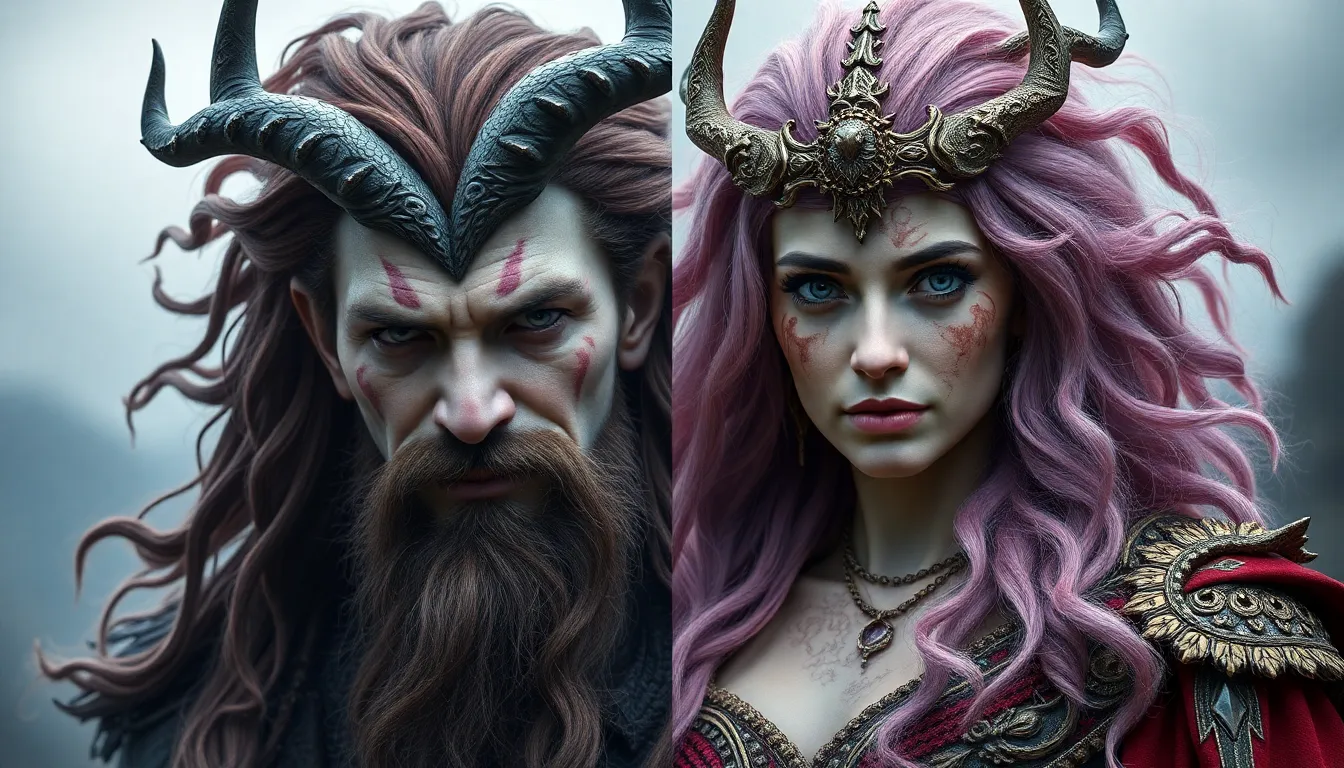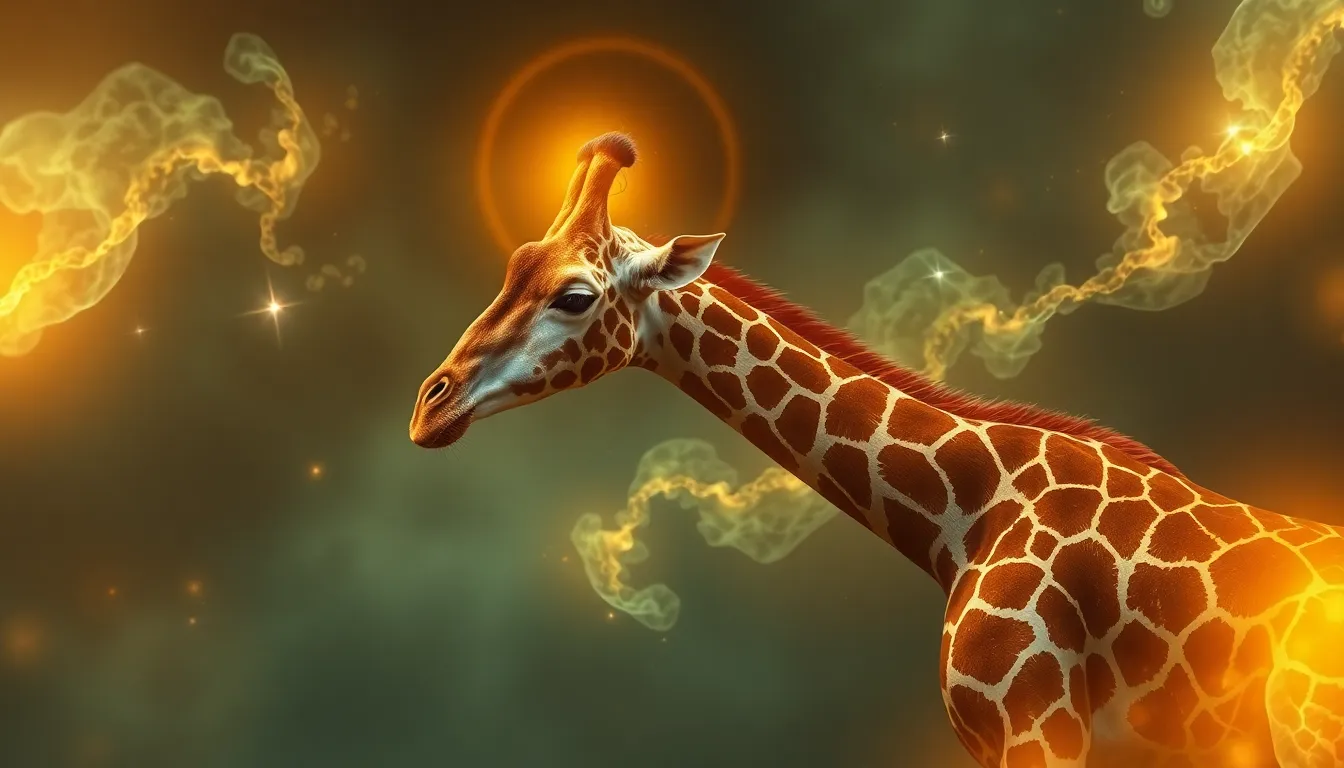Ancient Deities and Their Legendary Artifacts: Objects of Power
I. Introduction
Ancient deities are the divine figures revered in various mythologies around the world. They represent the forces of nature, human traits, and the mysteries of existence, embodying the essence of cultures and belief systems. These deities often possess legendary artifacts, which are objects infused with great power and significance.
Legendary artifacts play a crucial role in mythology, serving as symbols of authority, protection, and connection to the divine. They are not merely objects; they are imbued with stories, functions, and a sacredness that reflects the values and beliefs of the cultures that venerate them. This article explores the fascinating connection between ancient deities and their artifacts, revealing how these legendary items shaped the narratives of gods and humans alike.
II. The Role of Artifacts in Ancient Cultures
Artifacts hold immense symbolism and significance within ancient religions, serving multiple purposes:
- Symbolism: Artifacts often symbolize the attributes of the deities they are associated with, representing power, wisdom, or protection.
- Tools of Power: Many artifacts functioned as tools that conferred authority or supernatural abilities to their wielders, influencing battles, governance, and the natural world.
- Worship and Ritual: Artifacts were integral to worship practices, often utilized in rituals to honor the deities and seek their favor.
The relationship between artifacts and the worship of deities is a dynamic one, where the physical representation of a god or goddess is often manifested through the artifact. As such, these objects become focal points for devotion and reverence, embodying the divine presence in tangible form.
III. Egyptian Mythology: The Eye of Horus
The Eye of Horus, also known as the Wedjat, is one of the most powerful symbols in ancient Egyptian mythology. It is depicted as a stylized eye and represents protection, health, and restoration.
According to myth, the Eye of Horus was associated with the god Horus, who lost his eye in a battle with Set, the god of chaos. Thoth, the god of wisdom, restored the eye, endowing it with magical properties that could protect against evil and ensure good health.
Culturally, the Eye of Horus was used in amulets, jewelry, and tomb inscriptions, symbolizing the protection of the gods over the deceased in the afterlife. Its significance transcended mythology and permeated the daily lives of ancient Egyptians, as they sought its blessings for safety and prosperity.
IV. Greek Mythology: Zeus’ Thunderbolt
The thunderbolt is the most iconic symbol of Zeus, the king of the Greek gods. According to mythology, the thunderbolt was forged by the Cyclopes and given to Zeus after he led the Olympian gods to victory against the Titans.
The thunderbolt represents not only Zeus’s power but also his authority over the heavens and the mortal realm. It is often depicted as a weapon of justice, striking down those who defy the will of the gods. The myths surrounding Zeus and his thunderbolt highlight themes of power, retribution, and divine governance.
The influence of Zeus’ thunderbolt extends beyond ancient Greece, permeating modern culture as a symbol of strength and authority. It has been adapted in literature, art, and popular media, showcasing the enduring legacy of this legendary artifact.
V. Norse Mythology: Thor’s Hammer (Mjölnir)
Mjölnir, the hammer of Thor, is a central artifact in Norse mythology known for its immense power and ability to protect the gods and humanity from giants and chaos. Described as a short-handled hammer, Mjölnir could return to Thor after being thrown, symbolizing both destruction and creation.
Thor, the god of thunder, is depicted as a protector of both gods and humans, and Mjölnir serves as a tool of his might. The hammer’s significance extends to the concept of fertility, as it was also used in blessings and consecrations.
In modern culture, Mjölnir has become a symbol of strength and resilience, often associated with Viking heritage and Norse mythology. It appears in various forms of media, including comics and films, illustrating its lasting impact on contemporary storytelling.
VI. Hindu Mythology: The Trident of Shiva
The Trishula, or trident, is the weapon of Shiva, one of the principal deities in Hindu mythology. The trident symbolizes the three aspects of creation, preservation, and destruction, representing the cyclical nature of existence.
Shiva is often depicted engaging in deep meditation, dance, or battle, wielding the Trishula to maintain cosmic order. The trident is also associated with power over the physical and spiritual realms, making it a potent symbol in Hindu cosmology.
In contemporary Hinduism, the Trishula remains a significant icon, often used in rituals and worship. It can be seen in temples and art, embodying the divine energy that Shiva represents in the lives of devotees.
VII. Celtic Mythology: The Sword of Nuada
Nuada, a king of the Tuatha Dé Danann in Irish mythology, possesses a legendary sword known as the Sword of Nuada, or the Sword of Light. This sword is said to have the power to ensure victory to its wielder, making it an essential artifact in battles against foes.
Nuada’s significance extends beyond his sword; he represents the ideal king, embodying the virtues of honor and leadership. The sword’s mythical powers are echoed in tales of its use in combat, where it could cut through any armor and compel its enemies to surrender.
The legacy of Nuada’s sword continues in modern Celtic traditions, where it is celebrated in literature and folklore, symbolizing the valor and strength of Celtic warriors.
VIII. Mesopotamian Mythology: The Tablet of Destinies
The Tablet of Destinies is a significant artifact in Mesopotamian mythology, representing the divine order of the universe. It is believed to grant its possessor ultimate power, allowing them to control the fates of gods and mortals alike.
Associated with the god Enlil, the Tablet of Destinies was often sought after by various deities, symbolizing the struggle for power in the cosmos. The mythology surrounding the tablet highlights themes of fate, control, and the balance of power among the gods.
Its influence on Mesopotamian beliefs was profound, establishing concepts of fate and divine will that permeated later cultures, including those in the Mediterranean region.
IX. Comparative Analysis: Common Themes Among Artifacts
Across various mythologies, certain themes recur in the relationship between deities and their artifacts:
- Power and Authority: Artifacts often symbolize the power of the deity, acting as extensions of their will and influence.
- Protection: Many artifacts serve protective roles, safeguarding their wielders or their followers against evil forces.
- Cosmic Order: Artifacts frequently embody the principles of order and chaos, reflecting the balance maintained by the deities.
- Cultural Significance: Each artifact carries deep cultural meanings, influencing religious practices, art, and societal norms.
In conclusion, the artifacts associated with ancient deities not only represent the divine but also serve as vital components of cultural identity and belief systems. They connect the mortal world to the divine, weaving a rich tapestry of mythology that continues to inspire and influence humanity today.



